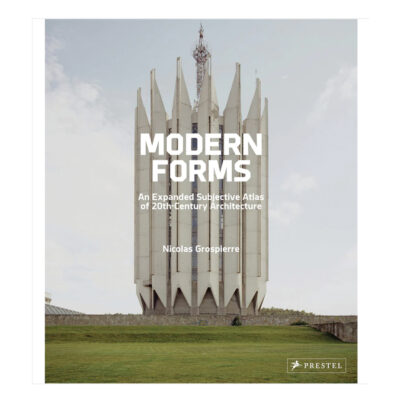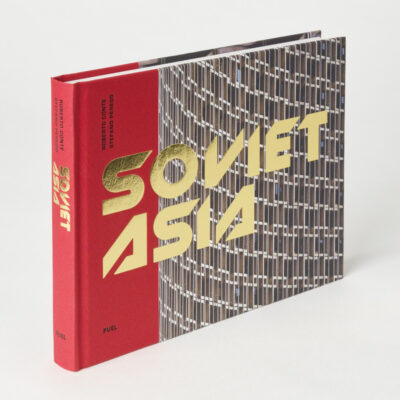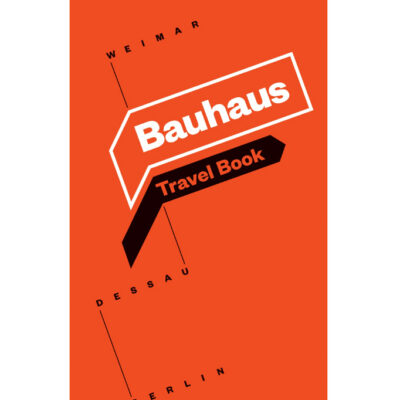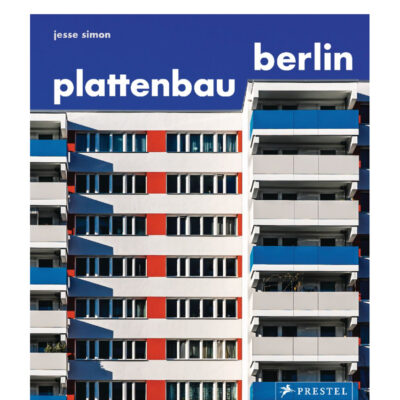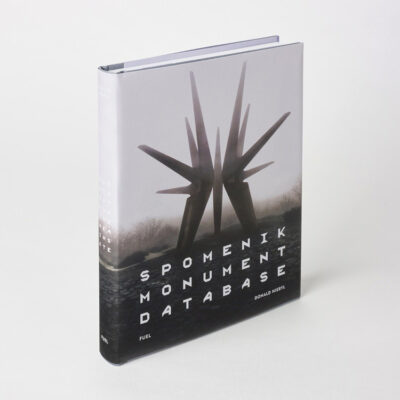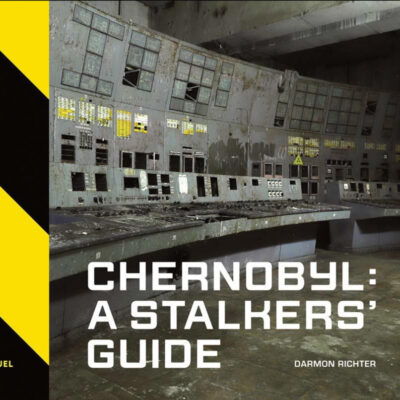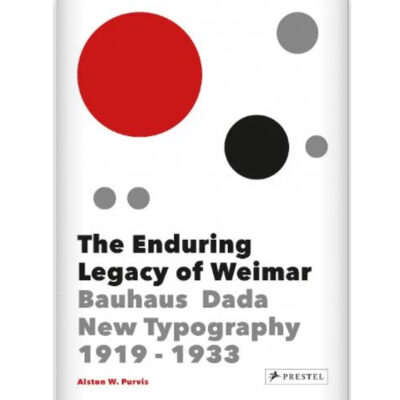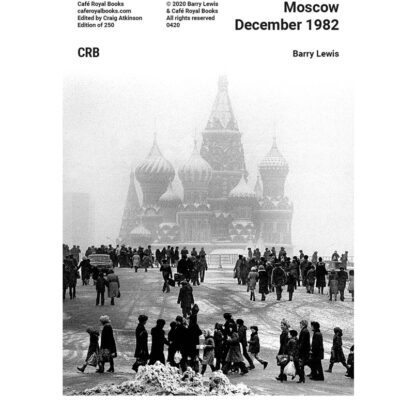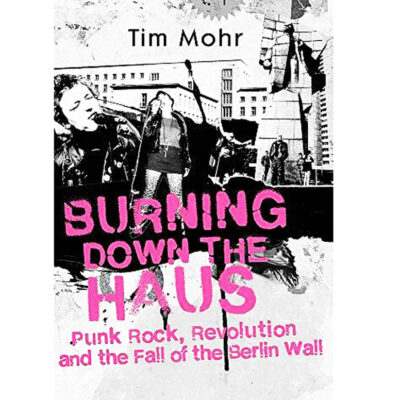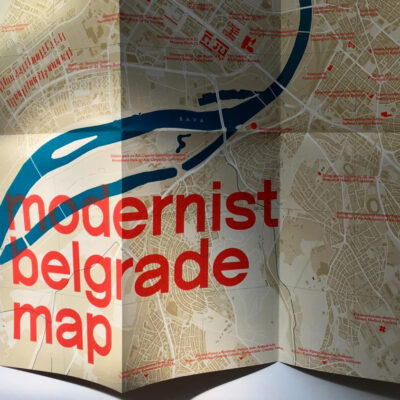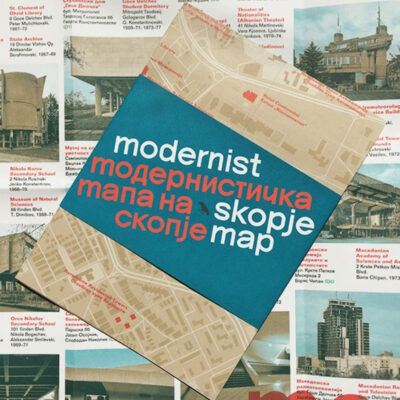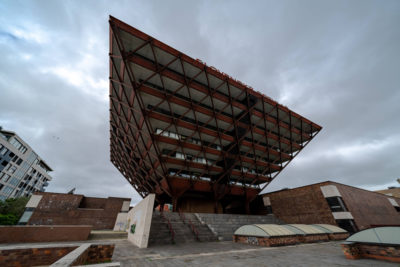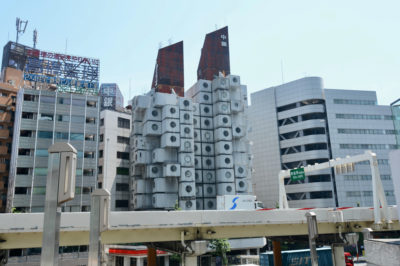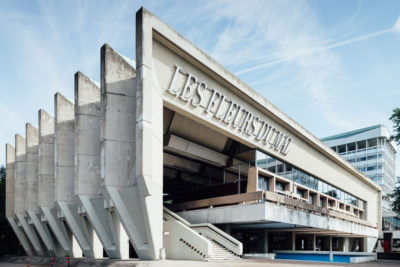Communist Border Signs or
How To Make the Road Your Destination
A journey through Romania is a journey through the political change of a country signposted by road signs
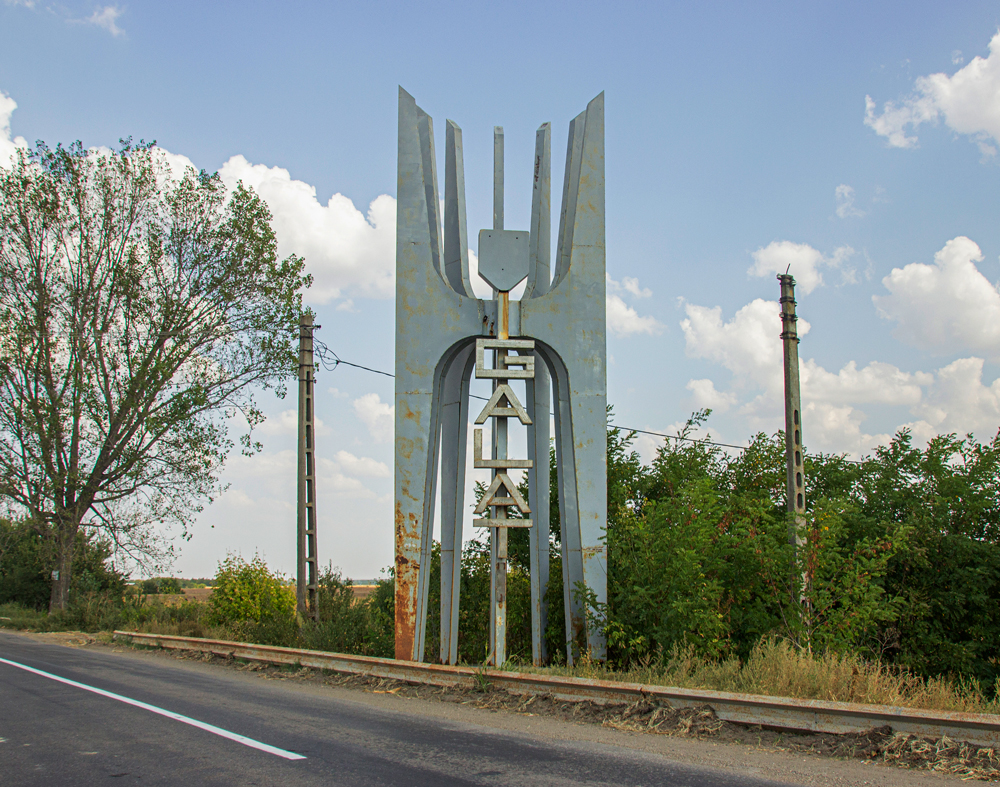
Galati bordering Vrancea County, Romania
Roberta Curcă could not have imagined the evolution of her art project, Border Marks. The beginning was the taking of a series of photos in 2014, which led to a PhD research topic in 2016 and today is exhibited internationally, most recently in the current exhibition in the Zina Gallery in Cluj-Napoca, historically one of the cities she visited during her mapping of border signs. The images take us on a journey which starts close to home in Craiova, a large Romanian city a few hour’s drive from Bucharest, eventually taking in the Czech Republic, Moldova and beyond.
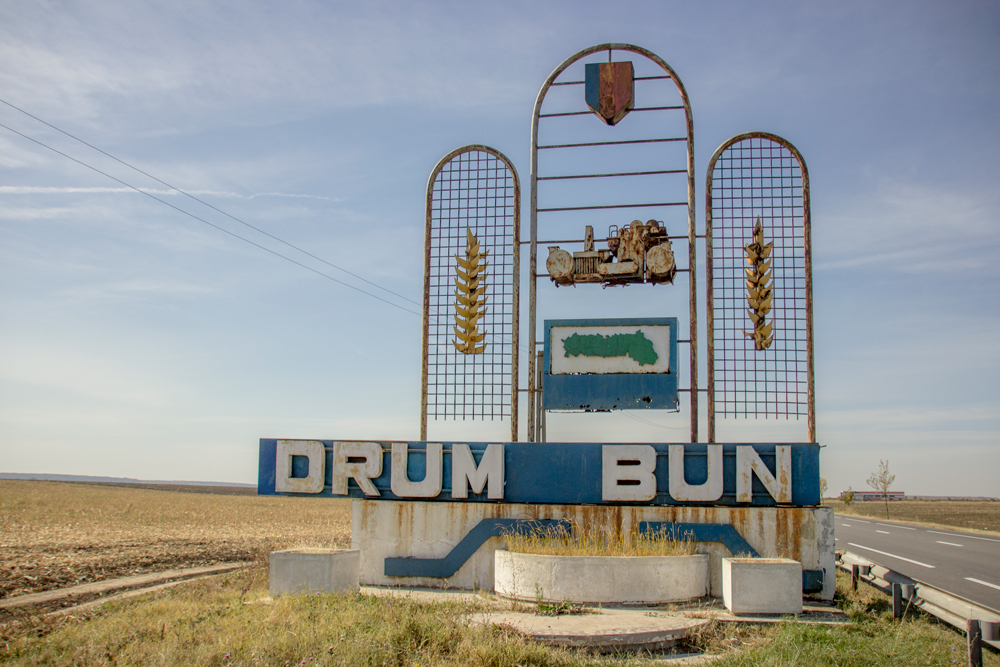
Lalomița County Sign
Zina Gallery poses the question to visitors to the exhibition, ‘ “Bordermarks” displays fragments from the impressive collection of more than 100 signs documented, catalogued and systematised …. What kind of patrimony are these ghostly constructions that have the appearance of brutalist relics? What does their presence say? To whom do they speak now? Can we call them art? ‘
It is hard to separate the history on the ground. Most of the signs were erected in the 1970s and 1980s during Nicolae Ceaușcu’s harsh regime when the country was in the vice-like grip of his cult of personality. Now they are considered part of the architectural heritage ‘produced under the ideology of the former political regime.’
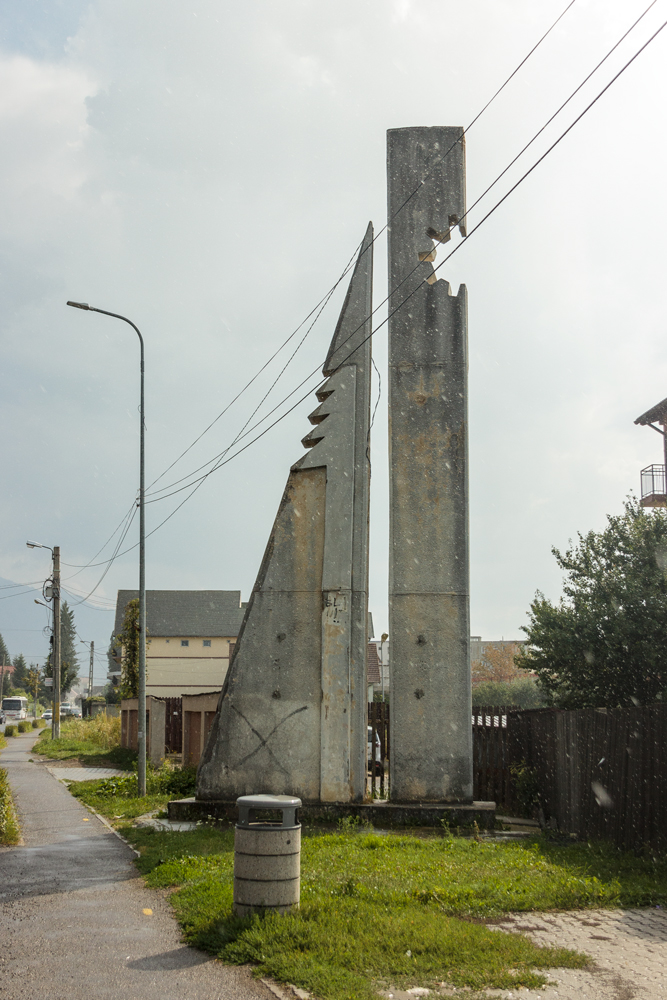
Râșnov Brașov County
What Roberta’s photos are doing is alerting us to changes at the boundary, be it the county line or from one national space to another. The signs mark a spot where culture, language, art, territorial rights, and migratory routes intersect, meet and change. But borders are often contentious, marking a nation’s perception of itself. They are fascinating and significant.
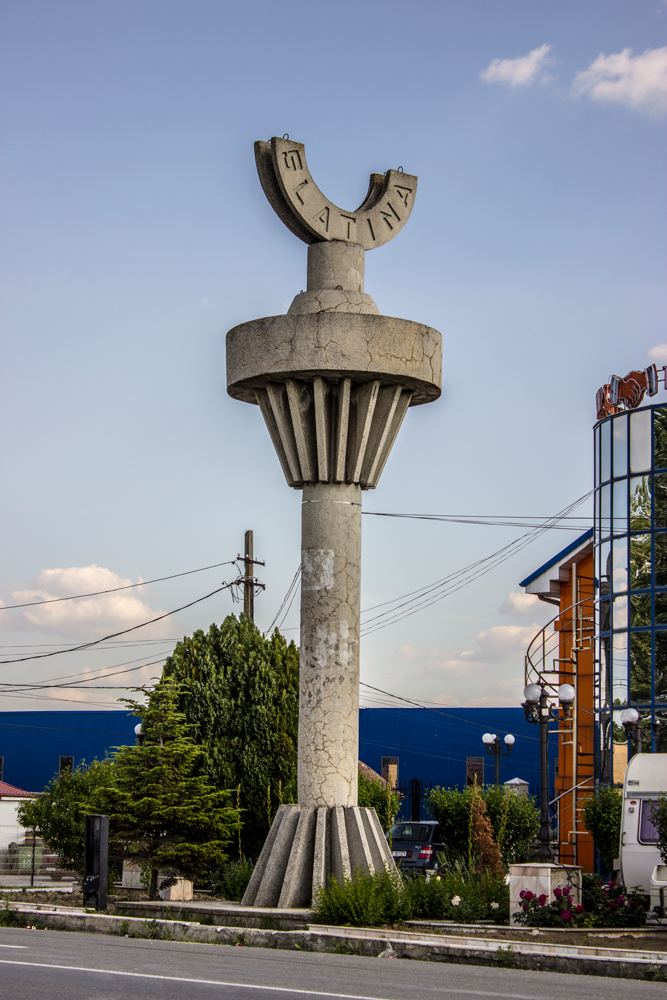
Slatina Romania 2015
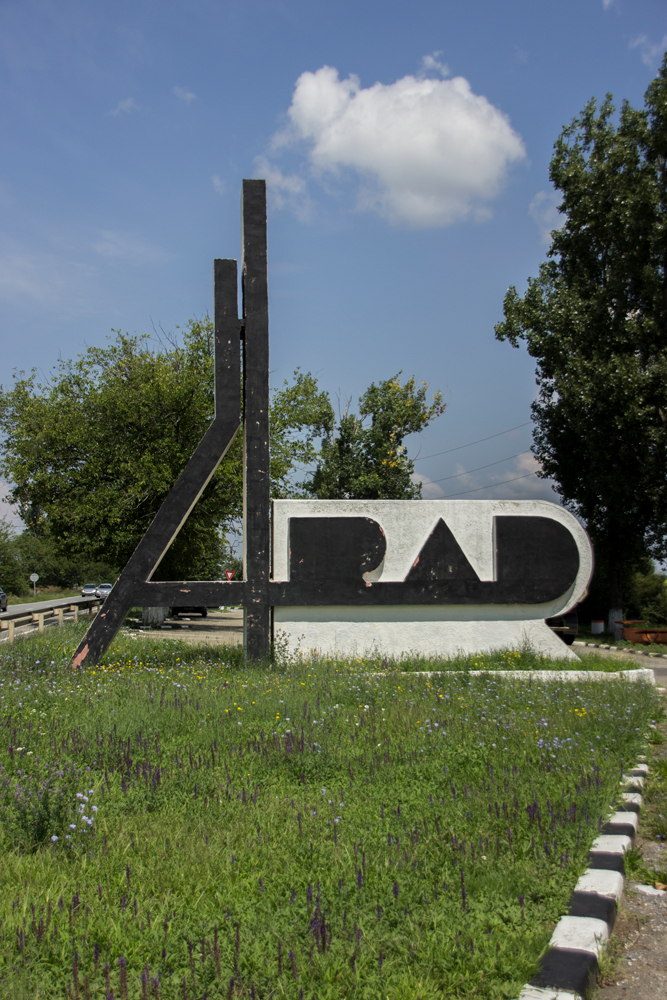
Arad County Romania
Cataloguing visual Signs of the Communist Era
‘I decided to research border signs by chance.’ Roberta shares, ‘I’m a fan of the photos of Bernd and Hilla Becher and the way they catalogued water towers and industrial buildings. Socialist architecture is fascinating and is a much-covered topic. However, no one seemed to have spotted how endlessly fascinating border signs are and how wrapped up they are in the visual signals of the communist era. Somehow I began to fall in love with the idea of capturing a fragile typology, one that dates back to Socialist times. This topic is not without controversy. As an artist, I want to try to separate up the politics so as not to detract from how interesting the typology is, in of itself. That does not mean I am dismissing the political aspect. We need to recognise that these signs are slowly disappearing in precisely the same way the structures photographed by the Bechers disappeared from our landscape.
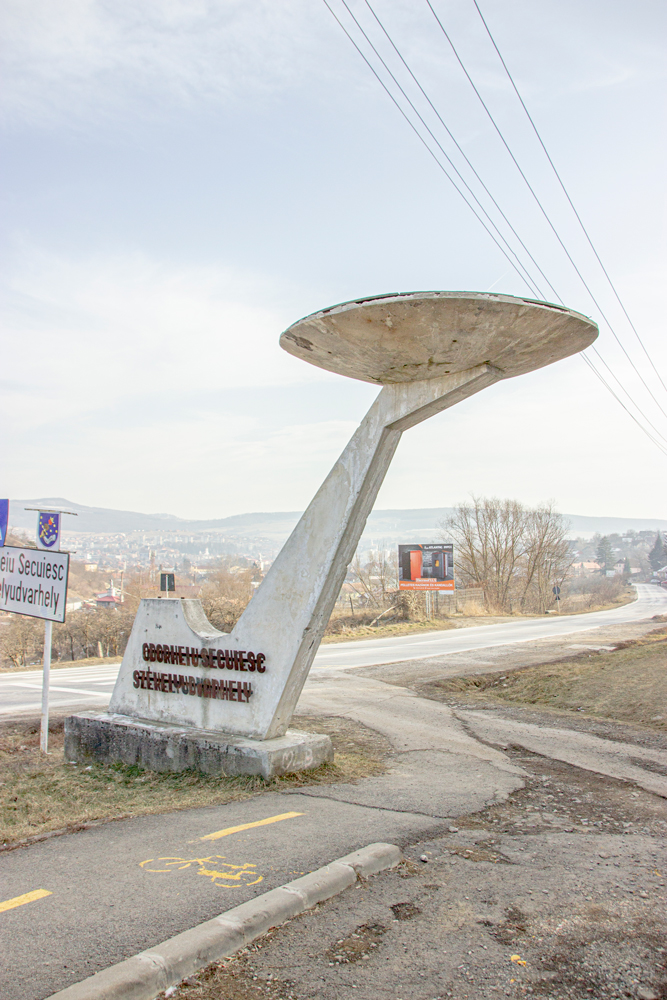
Odorheiul Secuiesc Harghita County
The more I documented the signs, the more it occurred to me that these are very different in character to bus stops or water towers. Think of them as extremely large fixed-to-the-spot greeting cards.’
‘A ‘welcome’ message from a place rather than a person, which has underpinning it, ownership of the land where a wooden or metal stake has been forced into the ground’.
Roberta notes, ‘Bound up in their identity is a reminder of the individuality of large territorial units, regardless of labels such as Europe or the EU. This will surely always make them politically appealing. They act as markers on the road, familiar structures indicating that you are home, you have arrived or will arrive soon. They shouldn’t be thought of as threatening; instead, they are personal or nostalgic.’
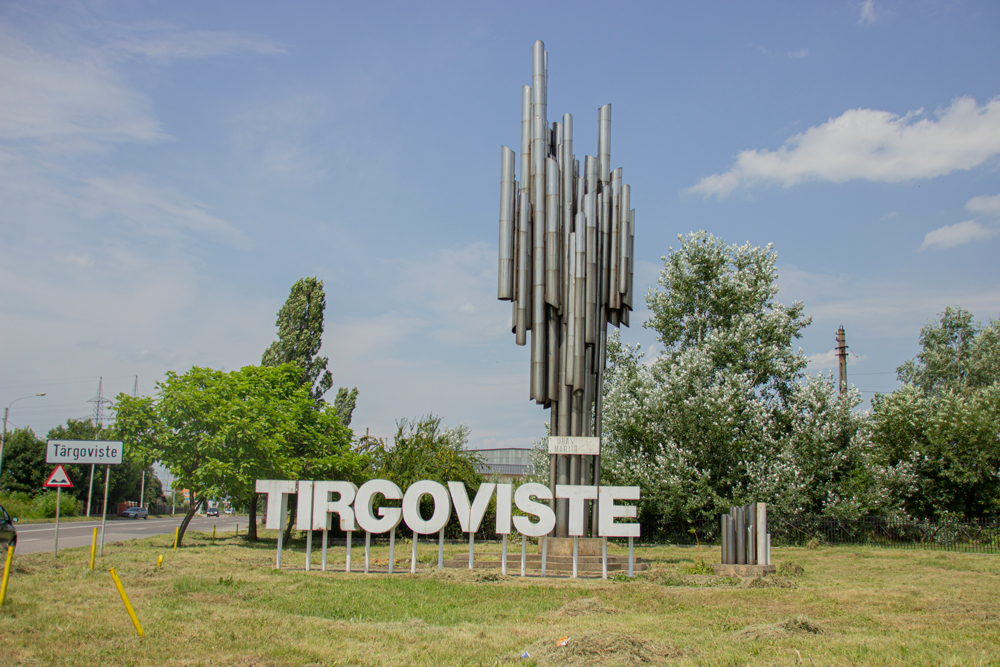
Târgu Frumos, Lasi County Moldavia, Romania
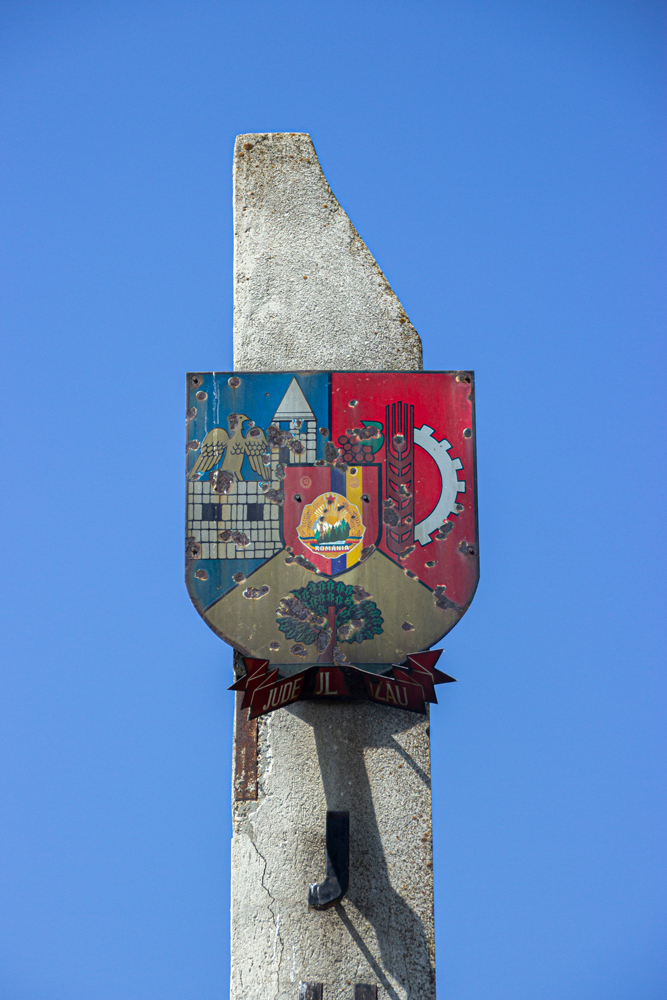
Buzāu Muntenia Romania
Roberta was born in 1991, two years after the revolution. ‘Stories of my childhood were peppered with comparisons. The before and the after.
I did not live through or experience Communism
My childhood experiences with my parents were very different from what had gone before. One of my early childhood memories was our family car a light blue Dacia 1310, which took us on our first road trips. It is, in a way, a bridge between what existed before and after the revolution. The journeys have become more than symbolic for me but without political trappings. It is wrapped up in my independence and artistic development. I have no memories of life under Communism, only my parent’s memories, which always seem bittersweet. There is always some good amongst the bad or maybe the bad was not that bad.’
Even controversial architecture has its own beauty and cultural value
What the collection of images makes clear is that Roberta covered tremendous distances – taking in most of Romania along the way. The mapping, however, captured more – the desire of a region to upgrade and improve its connectivity. ‘The desire is for faster mobility and better links between cities. However, this progress comes at a price. What development ignores and downgrades is the importance of seeing a country properly. A simple detour on a scenic route can give a truer sense of identity and culture.’
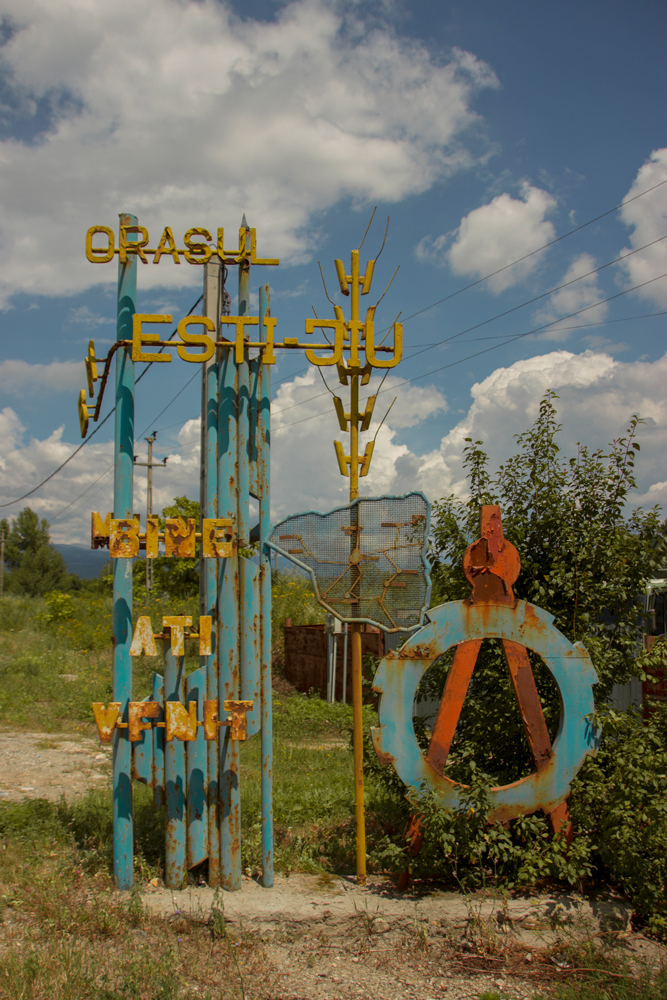
Bumbești-Jiu, Gorj County, Romania 2018
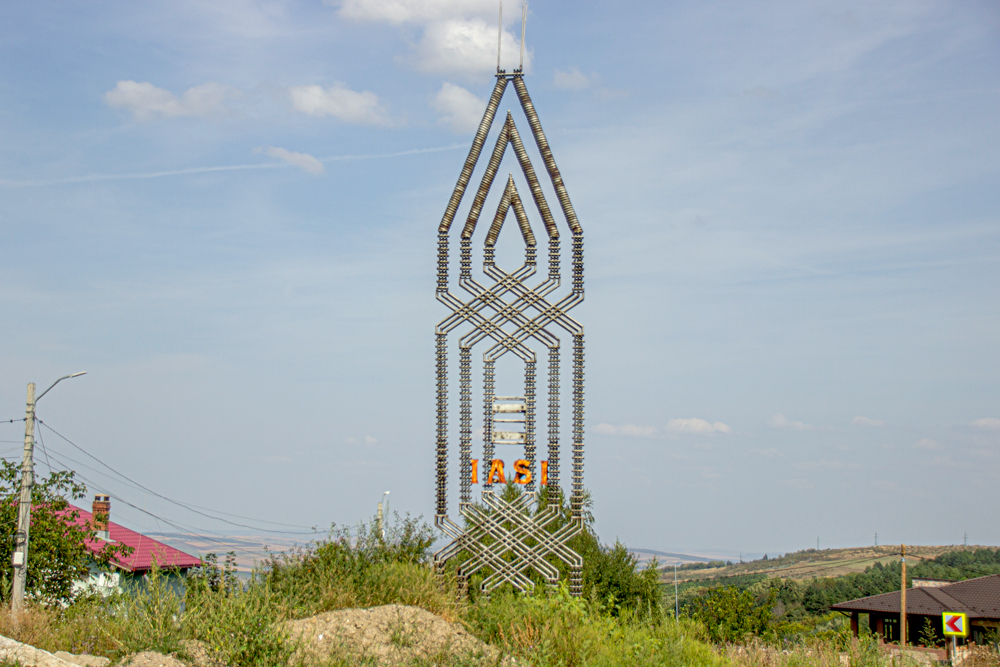
Iasi, close to Moldovan Border
Signposting modern history
‘Today’s border signs can be seen as a bridge between what happened before the 1989 Revoluția Română and what happened after it’, Roberta adds, ‘ They reflect the political transition as well as signposting the conflict about identity evident in modern-day Romania – a country trying to find a way to understand its heritage and deal with its memories fully. Whether historic or recently erected, the border signs reflect 30 years of political change and evolution in Romania. A journey through Romania is a journey through the political change of a country signposted by road signs.’
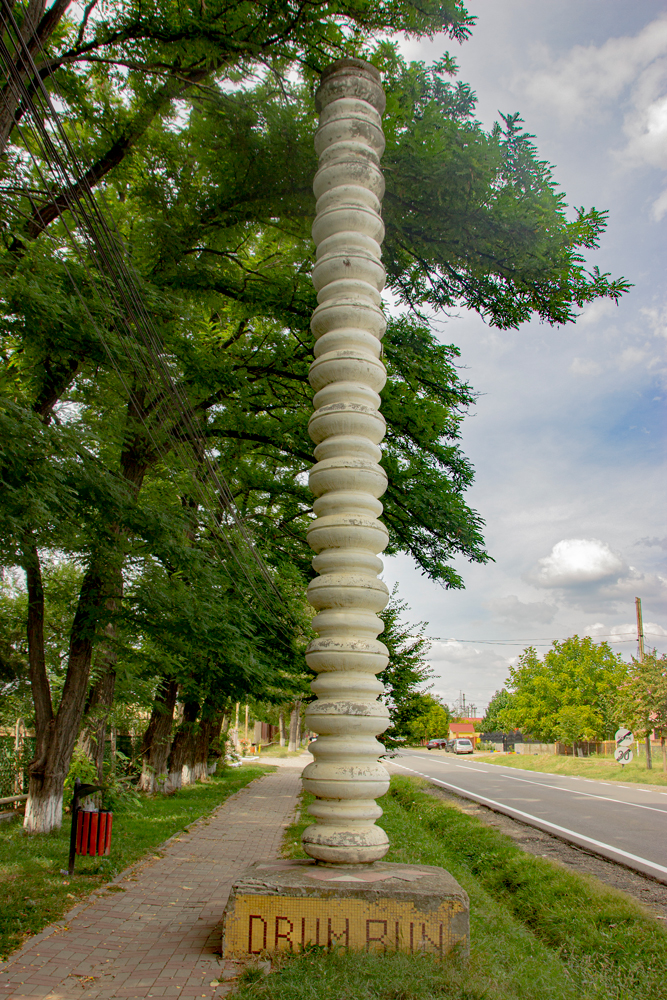
Târgu Mureș Romania
About Roberta
Roberta Curcă (b. 1991, Romania) is a Bucharest-based artist working with drawing, photography, objects, and artist books. Her visual documentation projects include the online photographical archives of the Instagram accounts @border_marks_archive and @tiles.and.tiles.
She studied in the Graphic Arts Department of the National University of Arts and is currently a PhD candidate at the Centre of Excellence in Image Study (CESI) in Bucharest. Her artworks have been shown in exhibitions at the Accademia di Romania in Rome, Kunsthalle Bega and Spațiul 2/2 in Timișoara, Lateral ArtSpace in Cluj, Arcub, Victoria Art Center and Tranzit in Bucharest, as well as in exhibitions by the young artists’ group Nucleu 0000. She participated in artist residencies such as Electroputere Air in Craiova, Romania and in the 2017 Mobile Biennial.
Roberta’s favourite films are Jára Cimrman’s 1983 Lezící Spící Lying, Sleeping, a Czechoslovak comedy directed by Ladislav Smoljak and her favourite photos are from the Water Towers series by Bernd and Hilla Becher, 1972
All images are the Copyright of Roberta Curca
Zina Gallery
Axente Sever 14 A, Cluj-Napoca, România +40744261058
www.zinagallery.com




